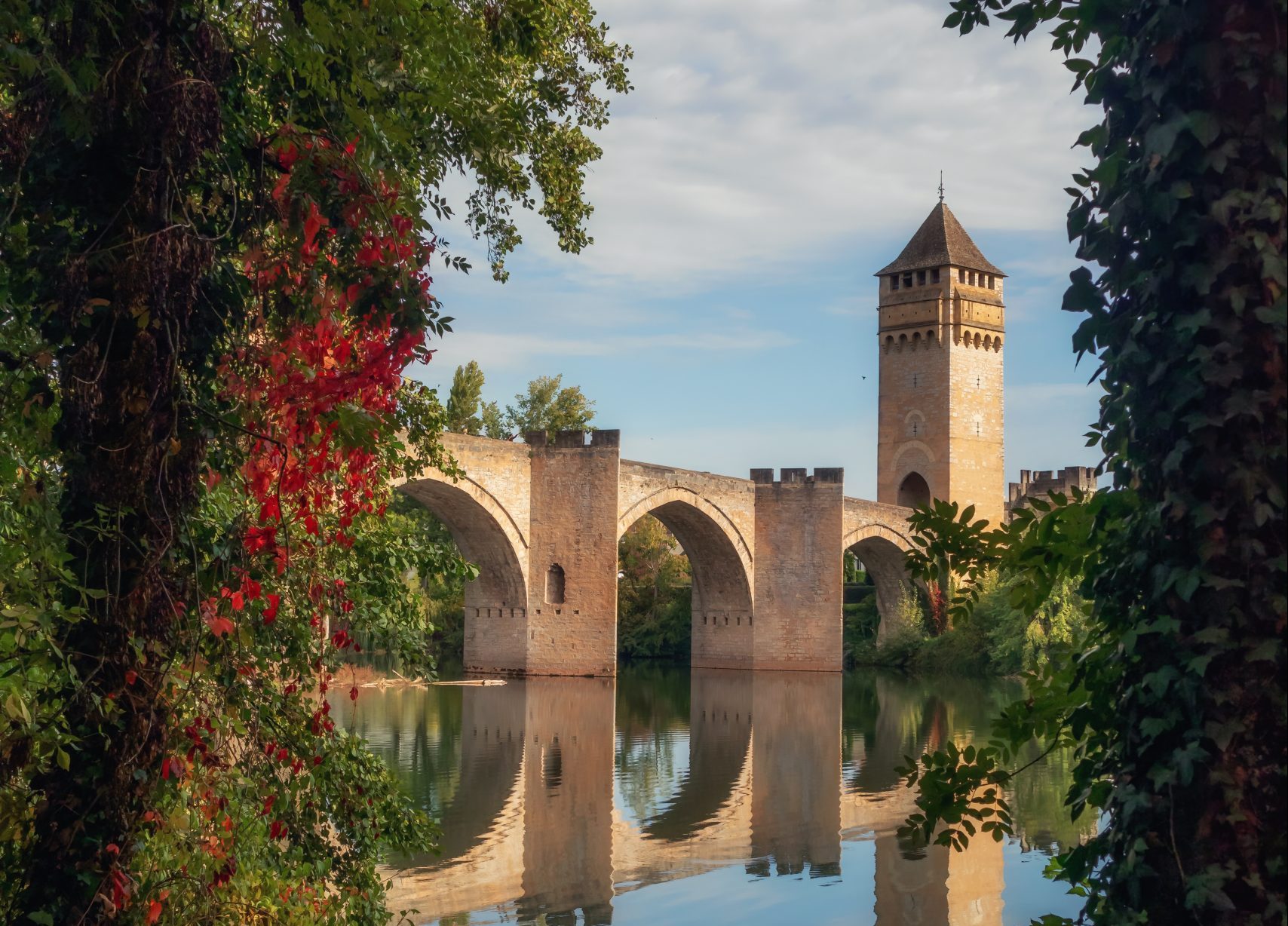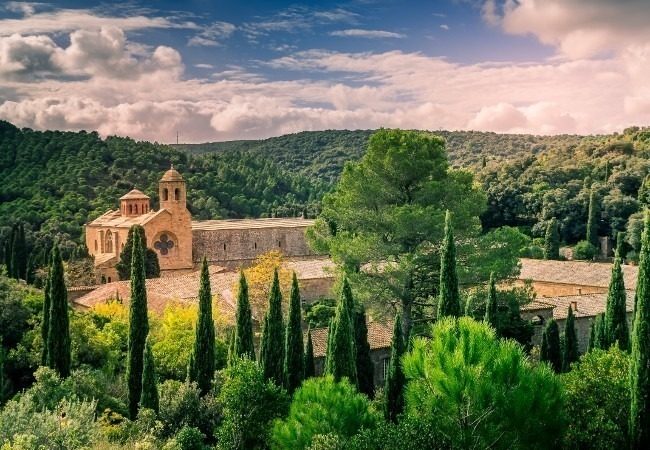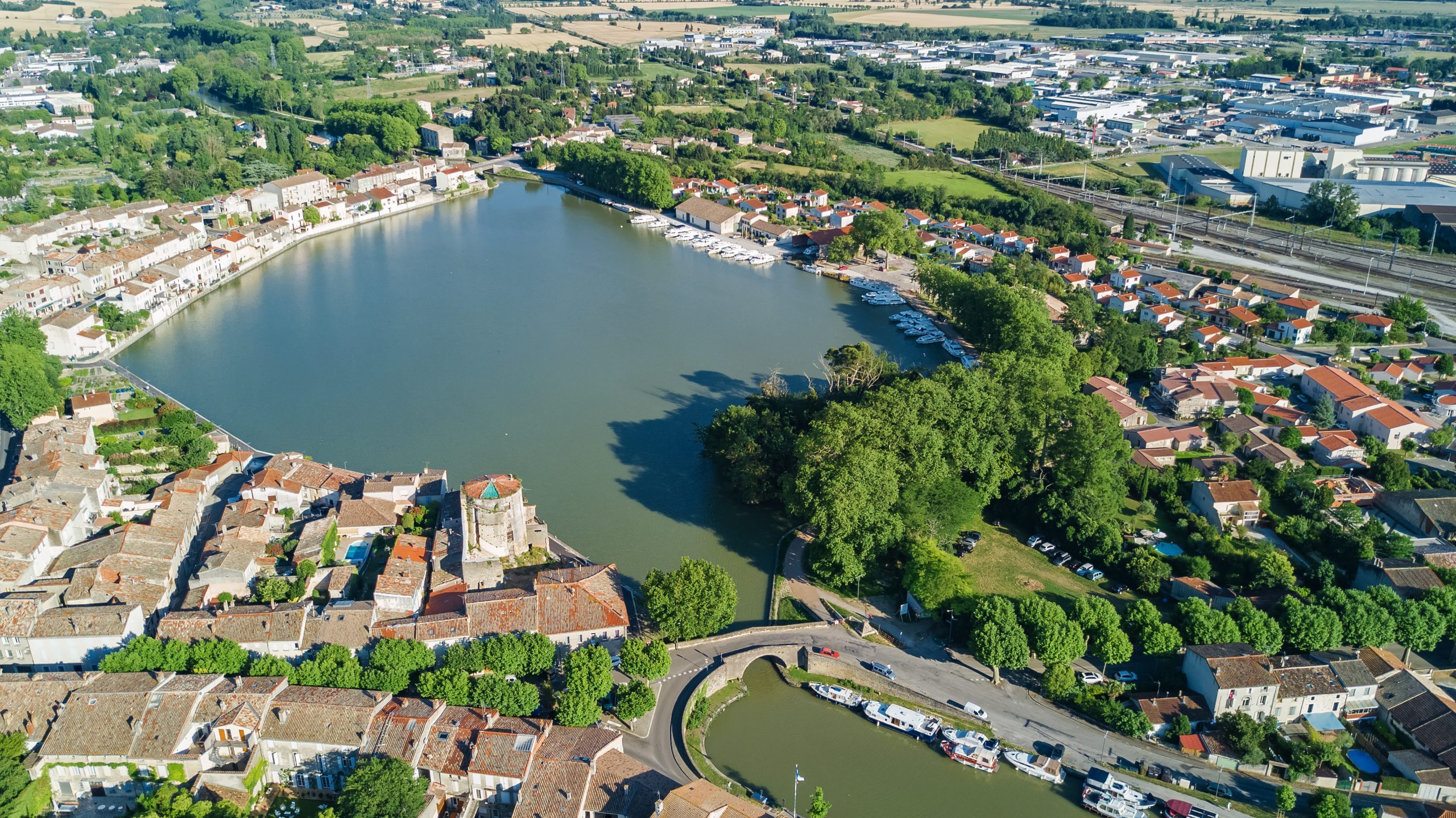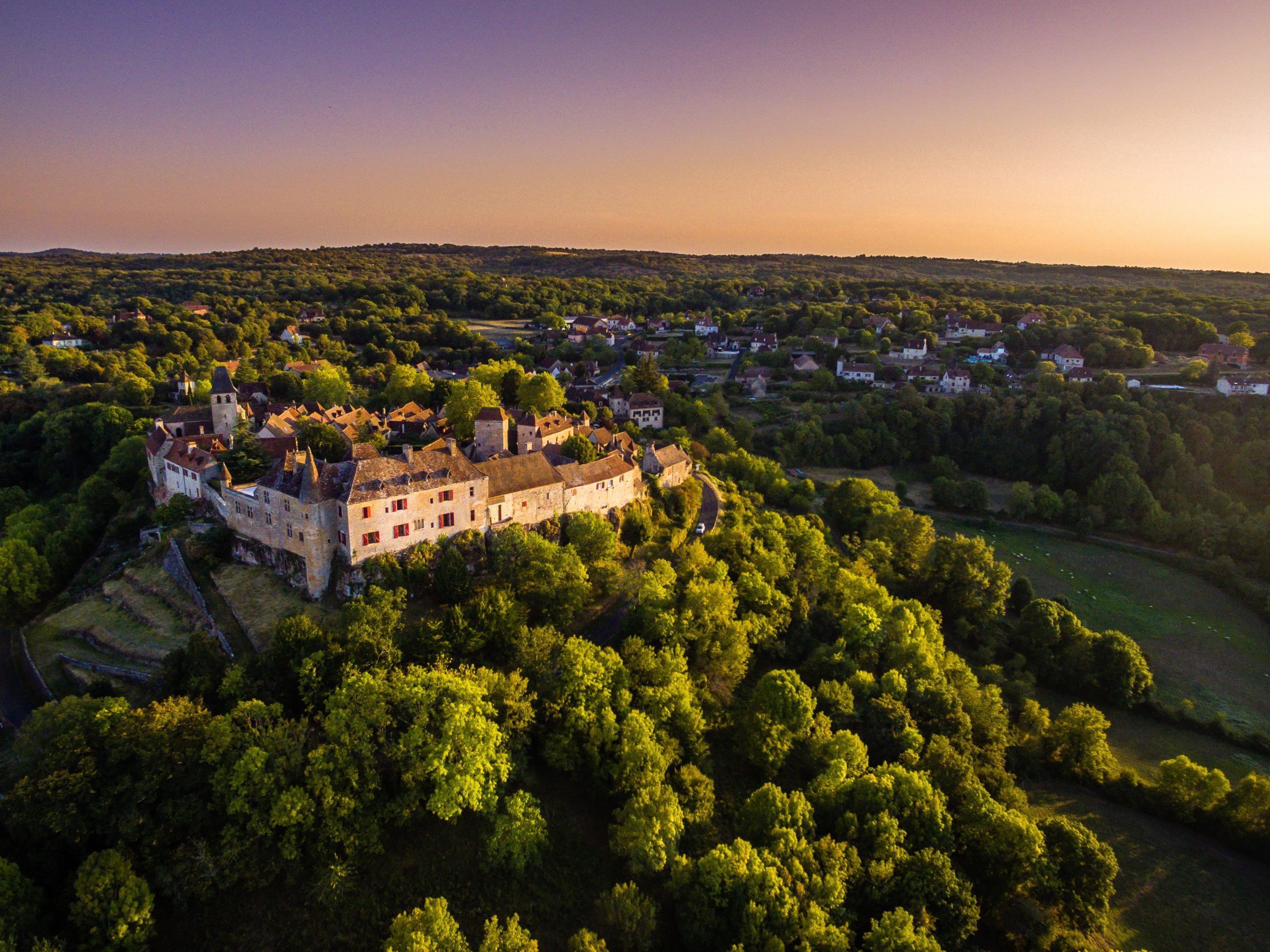CAHORS
Cahors, one of the smallest villages in Lot department of the Occitanie region in southern France, is known for its magnificent art and glorious history. Based on a peninsula surrounded by the longest river in southwest France, ‘Lot’ enhances the beauty of this little township by its flow. Enclosed by parched limestone hills, this historic town carries forward its legacy and splendid monumental diversity and therefore got “labeled as a French town of Art and History.” The famous Valentre Bridge is one example that attracts many visitors annually.
Given the title of a World Heritage Site by UNESCO, this bridge is also the most photographed monument in the world. A masterpiece of the 14 century, this bridge is structured with arches and cutwaters and has three towers adding to its beauty. It is also famous for the Santiago pilgrim way too. With a devil association and myth and stories attached to it since it was made, this bridge represents a technological advancement in construction today. Your visit to Cahors remains incomplete without visiting Saint-Etienne Cathedral.
Built in the Roman era around 1493 and 1553, this work of art is an icon representing a symbol of the identity of Cahors. Sculptures, high domes, Romanesque portals and architecture, studded ornaments, cloisters, contemporary designs, and windows do not just catch people’s attention from different parts of the world. Still, its unique work of art has also given this monument a place in the UNESCO list of World Heritage sites.
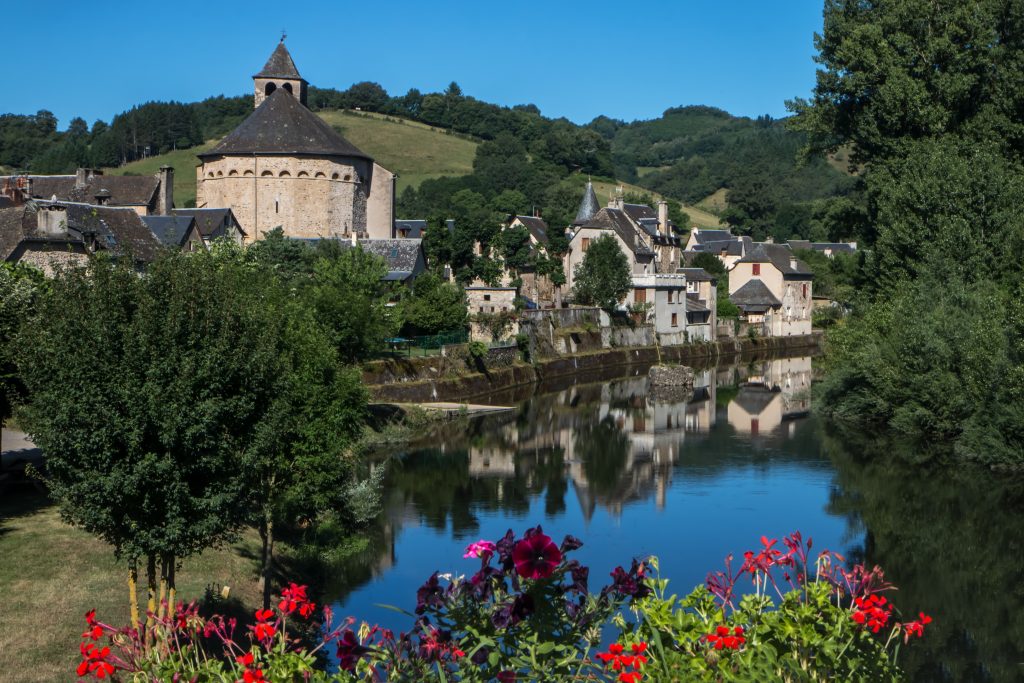
The market and stalls between the narrow lanes are often filled with various local dishes and crafts for tourists. Apart from this, to enjoy your leisure time, Olivier De Magny, the Secret Gardens, and Boulevard Gambetta, which divides old Cahors from the new Cahors, rejuvenates visitors with its lush green trees and flowers. Coming to this wine-producing region of Occitanie, Cahors is where you can taste its most famous red wine. The vineyards here are spread over hectares, utilizing a variety of locally grown grapes, especially the famous Malbec, to produce wine. Visiting refineries in these estates will give you a sense of how the wines are made, but here, you will also get a chance to taste some of the finest world-class red wines. Cahors is also known for its vibrant culture.
Around the French holidays in July, “Lot of Saveurs” or Cahors Blues Festivals are organized yearly. This event is enthusiastic and allows music lovers across Europe to perform. It is this time of the year that the streets of Cahors are embellished with music, songs, food, and culture. So, to understand and enjoy France and especially the region of Occitanie more closely, you must add Cahors to your itinerary to make the most of your visit to this land of surprises.
MAGNIFICENT ART AND GLORIOUS HISTORY
Cahors, one of the smallest villages in Lot department of the Occitanie region in southern France, is known for its magnificent art and glorious history. Based on a peninsula surrounded by the longest river in southwest France, ‘Lot’ enhances the beauty of this little township by its flow. Enclosed by parched limestone hills, this historic town carries forward its legacy and splendid monumental diversity and therefore got “labeled as a French town of Art and History.” The famous Valentre Bridge is one example that attracts many visitors annually.
Given the title of a World Heritage Site by UNESCO, this bridge is also the most photographed monument in the world. A masterpiece of the 14 century, this bridge is structured with arches and cutwaters and has three towers adding to its beauty. It is also famous for the Santiago pilgrim way too. With a devil association and myth and stories attached to it since it was made, this bridge represents a technological advancement in construction today. Your visit to Cahors remains incomplete without visiting Saint-Etienne Cathedral.
Built in the Roman era around 1493 and 1553, this work of art is an icon representing a symbol of the identity of Cahors. Sculptures, high domes, Romanesque portals and architecture, studded ornaments, cloisters, contemporary designs, and windows do not just catch people’s attention from different parts of the world. Still, its unique work of art has also given this monument a place in the UNESCO list of World Heritage sites.
The market and stalls between the narrow lanes are often filled with various local dishes and crafts for tourists. Apart from this, to enjoy your leisure time, Olivier De Magny, the Secret Gardens, and Boulevard Gambetta, which divides old Cahors from the new Cahors, rejuvenates visitors with its lush green trees and flowers. Coming to this wine-producing region of Occitanie, Cahors is where you can taste its most famous red wine. The vineyards here are spread over hectares, utilizing a variety of locally grown grapes, especially the famous Malbec, to produce wine. Visiting refineries in these estates will give you a sense of how the wines are made, but here, you will also get a chance to taste some of the finest world-class red wines. Cahors is also known for its vibrant culture.
Around the French holidays in July, “Lot of Saveurs” or Cahors Blues Festivals are organized yearly. This event is enthusiastic and allows music lovers across Europe to perform. It is this time of the year that the streets of Cahors are embellished with music, songs, food, and culture. So, to understand and enjoy France and especially the region of Occitanie more closely, you must add Cahors to your itinerary to make the most of your visit to this land of surprises.


